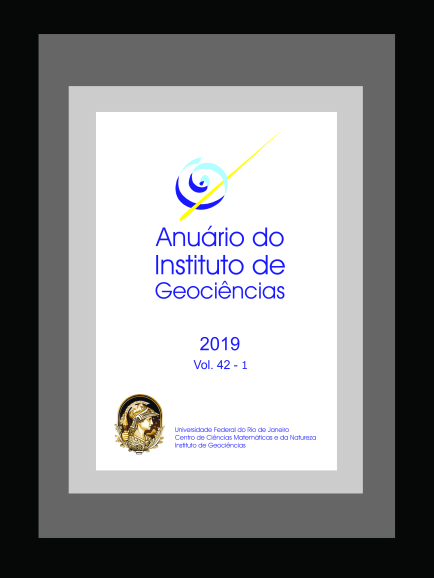Concrete Pavement Layers Investigation with GPR in the BR-101 Highway
DOI:
https://doi.org/10.11137/2019_1_308_316Keywords:
GPR, Concrete pavement, BR-101Abstract
In the construction project of a highway, some rules related to the materials and thicknesses of the layers must be followed to guarantee that the project is carried out properly. From denunciations accusing irregularities on the project of the highway BR-101, on Northeastern Brazil, we applied the Ground Penetrating Radar (GPR) method to investigate the depths of the base and subbase layers. It was used a 900 MHz shielded antenna, acquiring 45 km of data. The medium velocity was obtained indirectly through a hyperbolic fit and calibrated comparing it with the depth of a test trench. The results pointed out depth variations for both of the layers along the analyzed track, however the average depth only deviates from the original project for the base layer.Downloads
Download data is not yet available.
Downloads
Published
2019-12-01
How to Cite
Cunha, M. R., Borges, W. R. and Cunha, L. S. da (2019) “Concrete Pavement Layers Investigation with GPR in the BR-101 Highway”, Anuário do Instituto de Geociências. Rio de Janeiro, BR, 42(1), pp. 308–316. doi: 10.11137/2019_1_308_316.
Issue
Section
Article
License
This journal is licensed under a Creative Commons — Attribution 4.0 International — CC BY 4.0, which permits use, distribution and reproduction in any medium, provided the original work is properly cited.















